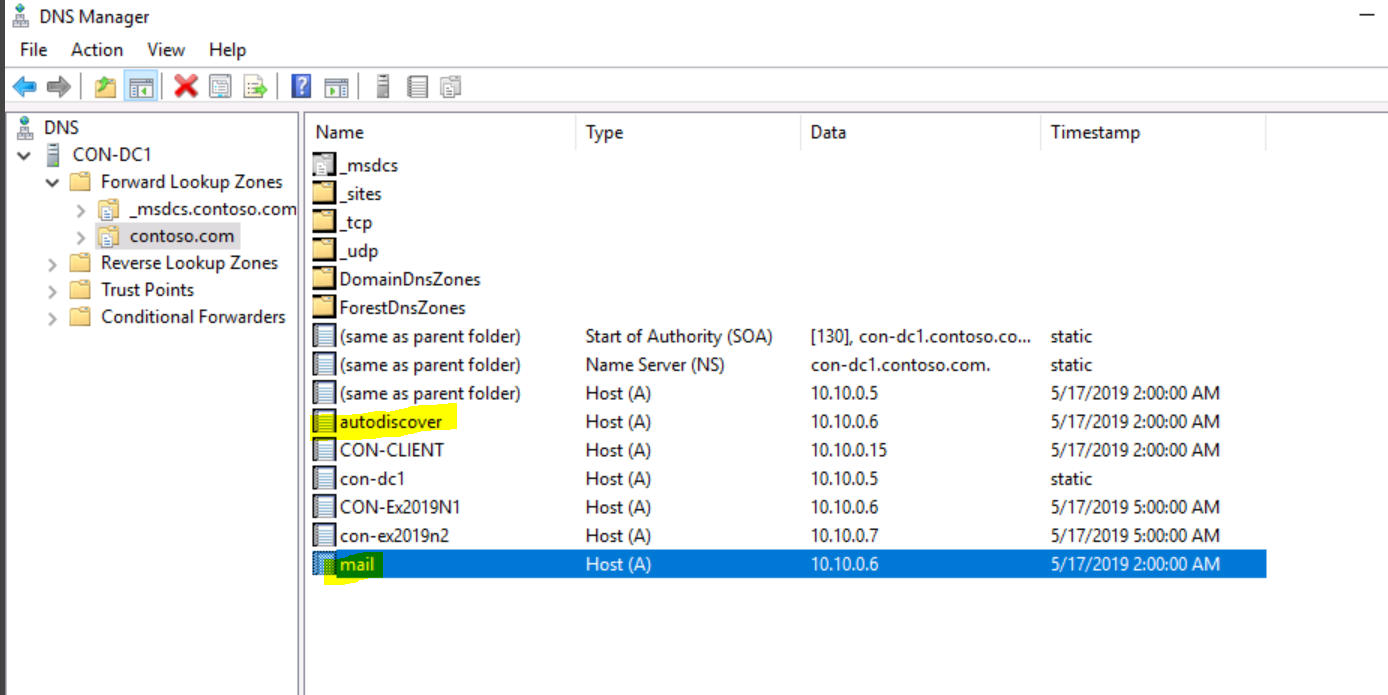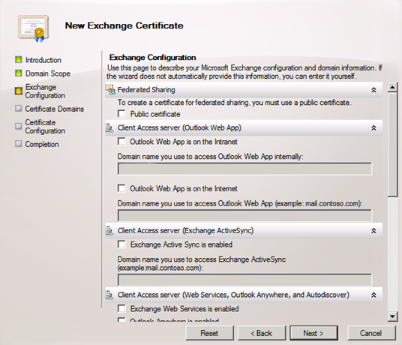

Although this is doable (I know people actually doing this) I always recommend to use an F5 iApp. And you have to configure all options for distribution and persistence yourself. It is possible to create the VIP manually, but then you have to create the monitors (responsible for monitoring the server health), nodes, pools and virtual server yourself. The first step is to configure both Exchange server with the IP address of the F5 as their default gateway so all traffic will be routed through the F5 (not a requirement though). The F5 itself is installed in a two arm configuration, so the VIP for the clients is on a different subnet then the Exchange Server. There’s a File Share Witness (FSW) configured on server FS01. There are two multi-role servers configured with a Database Availability Group (DAG). This is actually part I of what I’ve demo’ d in the MEC 2012.
CONFIGURE AUTODISCOVER EXCHANGE 2010 HOW TO
In this blogpost I’d like to demonstrate how to configure this with an F5 Local Traffic Manager (LTM). This example sets the external URL for the Exchange Web services virtual directory on the Client Access server CAS01.In a earlier blogpost on load balancing Exchange 2010 I explained how to achieve this with a Kemp Loadmaster. Use the Shell to configure the Exchange Web Services external URL for the Autodiscover service Set-OABVirtualDirectory -identity "CAS01\OAB (Default Web Site)" -externalurl -RequireSSL:$true
CONFIGURE AUTODISCOVER EXCHANGE 2010 OFFLINE
This example sets the external URL for the offline address book virtual directory on the Client Access server CAS01. Use the Shell to configure the offline address book external URL for the Autodiscover service Enable-OutlookAnywhere -Server CAS01 -ExternalHostname "" -DefaultAuthenticationMethod "Basic" -SSLOffloading:$False This example sets the external host name for Outlook Anywhere on the Client Access server CAS01. To see what permissions you need, see the “Outlook Anywhere configuration (enable, disable, change, view)”. You need to be assigned permissions before you can perform this procedure. Use the Shell to configure the Outlook Anywhere external host name for the Autodiscover service Looking for other management tasks related to the Autodiscover service? Check out Managing the Autodiscover Service. However, the external URLs must be configured by using the virtual directory cmdlet for each component. Generally, the internal URL is configured by Exchange Setup. However, they won’t be able to use Exchange features such as Automatic Replies, the Availability service, Unified Messaging, or offline address book downloads.

They may be able to connect to their Exchange mailbox. If you don’t configure the external URL values, the Autodiscover service information provided to the Microsoft Office Outlook 2007 or Outlook 2010 clients may be incorrect for users who are connecting from outside your network.


Other external URLS you must configure include the URLs for the Availability service, Exchange Web Services, Unified Messaging (UM), and the offline address book. When you enable Outlook Anywhere, you must also configure external client access to Microsoft Exchange services for the Autodiscover service. You can configure Microsoft Exchange services, such as the Availability service, for the Autodiscover service on a Microsoft Exchange Server 2010 Client Access server.


 0 kommentar(er)
0 kommentar(er)
